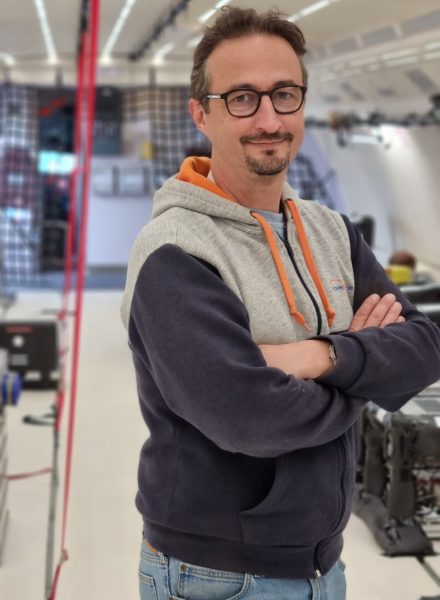team

Frédéric Gai
Parabolic flight engineer and manager of our scientific flights program
Manager of the scientific parabolic flights program for nearly six years, Frédéric Gai helps researchers carry out their experiments in microgravity.
The role of this engineer is to enable researchers to conduct their experiments to high scientific standards while complying with specific aeronautical safety requirements.
“Researchers have to meet very high scientific standards and conduct extremely sophisticated experiments in order to publish the results of their research. There’s no doubt that researchers on parabolic flights are able to design and produce very complex systems. Parabolic flights add an extra set of requirements – aviation safety – to their checklist. My job is to help researchers adapt their experiments to this new sector without compromising their scientific standards.”
Working at Novespace since 2001, Frédéric has seen hundreds of experiments carried out on board various Novespace aircraft.
“What’s great about our job is that it brings us into contact with scientists from all over the world working in every field of research: medical, physics, biology, and so on. In addition to research experiments, we also help young high school and university students – the engineers and researchers of tomorrow – to carry out basic educational experiments. This mix of cultures allows scientists to meet other researchers, talk with them and advance their own experiments. You often see the same experiment on several flights as part of a continuous-improvement approach.”
After 5,000 parabolas, Frédéric still marvels at the fact that experiments conducted on parabolic flights make it on to space systems.
“A lot of scientific papers are published as a result of parabolic flights. But parabolic flights are also often a stepping stone to space. We’re always rather proud when work done on a parabolic flight is used to design space systems or experiments on board the space station.”

